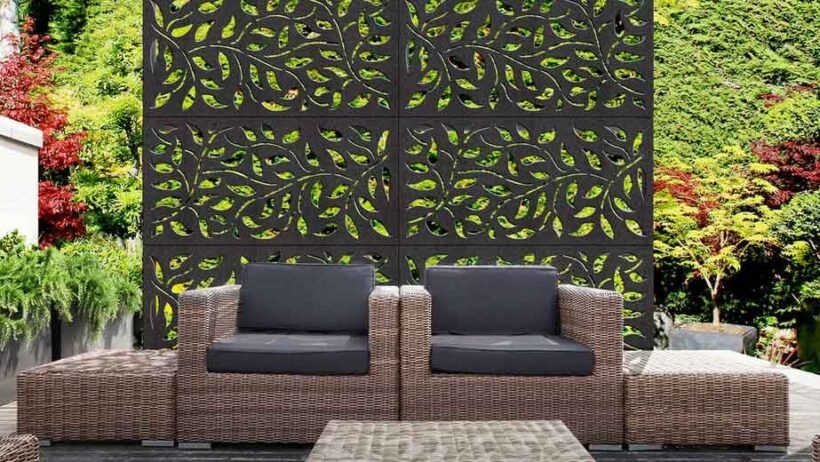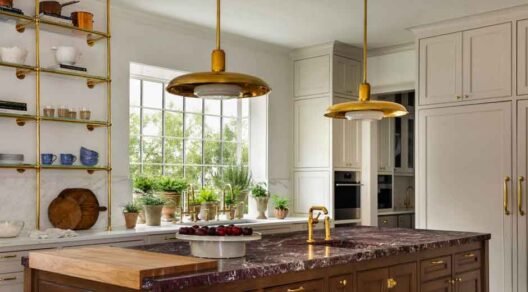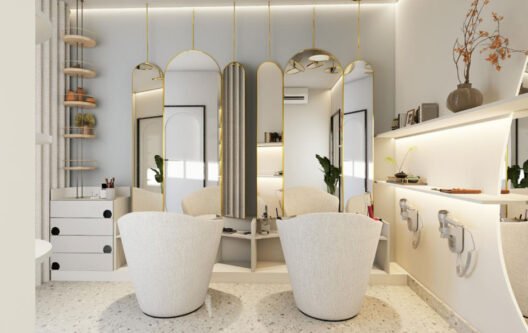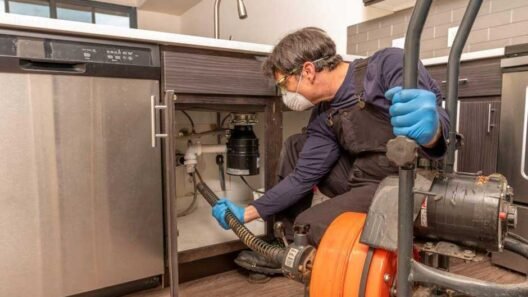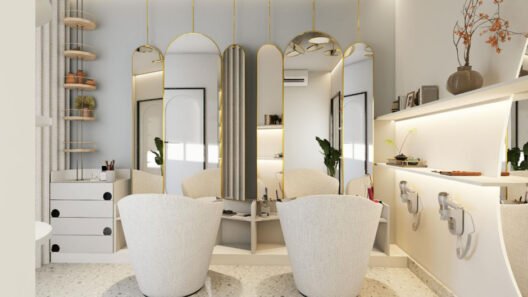Here’s the thing about outdoor privacy. Most people think it’s just about blocking the view from the neighbour’s window. In reality, you’re shaping how your backyard feels and functions. Choosing the right setup can turn an exposed patio into a personal retreat you actually want to spend time in.
And while there are plenty of options claiming to be the Best privacy screens for outdoors, the real question is which choice fits your layout, light, lifestyle, and long-term plans. Let’s break down how to make a smart decision that pays off in comfort, style, and value.
Know the Boundaries: What Needs Privacy and Why
Before picking any screen, map out the areas that deserve more privacy.
A few common examples:
- A dining setup too close to a fence line
- A hot tub visible from the upstairs window next door
- A play zone that needs shade as much as screening
- A lounging corner where you want to read without feeling watched
Instead of blocking everything, focus on angles of exposure. Choose screens that target the problem sides while keeping openness where you want breeze or sunlight.
Measure the Space That Matters
A screen that’s too short won’t help. One that’s bulky could take over your yard.
Think about:
- Height needed to block neighbouring views
- Clearance for doors, pathways, grills, and fire pits
- How far from the property line you can legally go
- Enough room to move your furniture comfortably
Consider a quick bird’s-eye sketch. It’s not about perfection. It’s about avoiding a setup you’ll want to undo in a month.
What Style Fits Your Home’s Character?
Privacy screens make a visual statement.
Your goal is harmony, not distraction.
Match the style to your home’s current look:
- Modern homes: Sleek aluminium or composite slats
- Classic brick or stone: Wood or lattice with clean geometry
- Coastal feel: White PVC or soft-toned weaves
- Urban balconies: Fabric panels or roll-down screens
The more cohesive the palette, the more premium your space looks.
Light Control: Do You Want Shade, Sun, or Something In Between?
Some screens block sightlines but still allow airflow and sunlight. Others act more like full walls.
Ask yourself:
- Do you prefer bright, open spaces during the day?
- Does harsh sunlight make your patio uncomfortable?
- Will plants nearby need light to thrive?
If your backyard faces west, shade becomes your friend. On a north-facing deck, too much shade just makes things gloomy.
Wind and Weather: The “Invisible” Design Factor
A beautiful screen that rattles in the wind won’t feel relaxing.
Think long-term durability:
- Strong framing for windy areas
- Moisture-resistant materials near pools and sprinklers
- Removable or retractable options in heavy-snow climates
Weather proofing isn’t just protective; it reduces maintenance time and costs later.
The Canadian climate demands materials that won’t crack, bow, or fade after one season.
Mobility vs Permanence: How Flexible Should the Space Be?
Some spaces evolve through the year.
You may want:
- A pool lounge in summer
- A firepit zone in fall
- A quiet nook for spring mornings
Retractable, foldable, or panel-based screens adapt to shifting needs. Permanent installations make sense for full-time privacy requirements and can boost property value.
Pick based on your lifestyle, not just aesthetics.
Material Matters: Strength, Style, and Sustainability
Every material brings its own pros and trade-offs.
| Material | Pros | Cons | Best For |
| Aluminium | Durable, low maintenance, modern style | Higher cost | Large patios, urban homes |
| Wood | Warm look, customizable | Needs sealing | Nature-inspired spaces |
| PVC | Budget-friendly, light | Can fade over years | Condos, smaller yards |
| Fabric | Softens sunlight, versatile | Can wear faster in weather | Balconies, seasonal setups |
| Composite | Weather resistant, stylish | Moderate cost | Long-term installs |
If sustainability matters, consider recycled composite options. They last longer and stay sharp-looking with less work.
Match the Layout: Make Every Square Inch Count
Different layouts call for different privacy solutions.
Small patios:
Vertical slats maximise height while keeping floorspace free. Foldable panels help create zones without making anything feel cramped.
Narrow side yards:
Screens with airflow prevent the “corridor” effect. Position them where sightlines are worst.
Open backyards:
Screens can define edges and guide the design. A partial wrap makes a seating area feel intentional, not floating in space.
Balconies or rooftop terraces:
Lightweight materials reduce load and keep views open while adding privacy.
Think transformation, not obstruction. You’re designing a better flow.
Don’t Forget the Extras: Function Makes Space Better
Smart upgrades can elevate the experience:
- Planter base screens for greenery and extra softness
- Built-in lighting for evening ambience
- Hooks or shelves for decor and outdoor essentials
- Screens that double as shade structures
A privacy feature can also be a style piece, a wind block, a sound softener, or a backdrop for BBQ nights.
Installation: DIY or Bring in a Pro?
Quick clip-in panels and fabric screens are simple enough to handle on your own.
But permanent structures may need:
- Digging post footings
- Level alignment
- Hardware that won’t fail after a storm
A professional doesn’t just ensure stability. They make the entire look cleaner and more polished.
If you’re unsure, local landscape or deck builders can recommend what fits your space and climate best.
Turn Exposure Into Enjoyment
A backyard isn’t meant to be lived at the edges. The right privacy screen draws you into the centre of your outdoor life. It defines a place to relax, dine, celebrate, and escape without feeling like the world is watching. By considering your layout, light, material needs, climate, and lifestyle, you set yourself up for an upgrade that feels personal and lasting.
Your outdoor space should feel like yours the moment you step outside. Let privacy be what unlocks that comfort.



